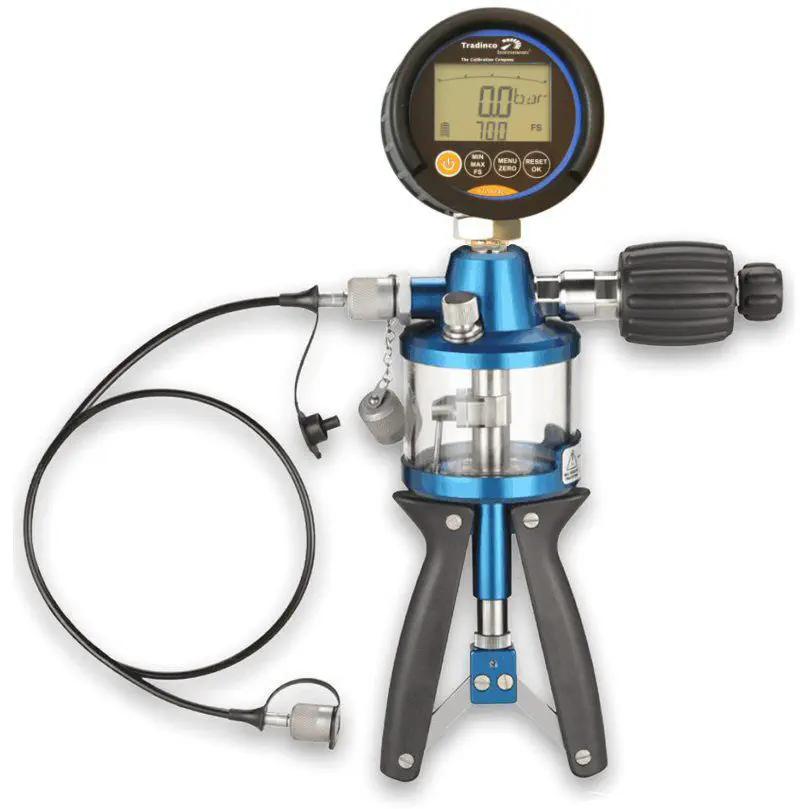
The global Calibration Pump Market size is predicted to reach USD 2.14 billion by 2030 with a CAGR of 4.8% from 2026-2030. The Calibration Pump market is experiencing significant growth in 2025, driven by the increasing demand for precision in industrial processes, stringent regulatory standards, and advancements in automation. Calibration pumps, essential for calibrating pressure instruments in industries like oil and gas, pharmaceuticals, and manufacturing, ensure accurate measurements critical for safety and efficiency. Recent innovations in smart technology, eco-friendly designs, and compact systems are propelling the market forward. This article explores the latest trends, innovations, and challenges in the Calibration Pump market, highlighting its pivotal role in maintaining industrial accuracy.
Regulatory Standards Driving Demand
The global emphasis on regulatory compliance is a primary driver of the Calibration Pump market. Industries are under pressure to adhere to strict standards for equipment accuracy, particularly in sectors like oil and gas, where precise pressure measurements are critical for safety. Regulatory bodies are enforcing guidelines that mandate regular calibration of pressure instruments, boosting demand for reliable calibration pumps. The pharmaceutical and aerospace industries are also adopting these pumps to meet quality control standards, ensuring accurate pressure readings for critical applications.
The rise in industrial automation, particularly in manufacturing and energy sectors, is further increasing demand. Calibration pumps are essential for maintaining the accuracy of automated systems, where even minor deviations can lead to costly errors or safety risks.
Technological Advancements in Calibration Pumps
In 2025, technological innovations are transforming the Calibration Pump market. The launch of Quantex’s Q-Drive Alpha in 2024 exemplifies this trend, introducing smarter calibration technologies that minimize manual intervention and enhance accuracy. These pumps feature digital interfaces and IoT connectivity, allowing real-time monitoring and data logging, which streamline calibration processes and improve traceability.
Eco-friendly designs are gaining traction, with manufacturers developing pumps that use sustainable materials and energy-efficient components. Compact and portable calibration pumps are also emerging, catering to industries requiring on-site calibration in confined spaces. Hydraulic calibration pumps, known for their high-pressure capabilities, are seeing increased adoption in oil and gas, while pneumatic pumps dominate in cleanroom environments like pharmaceuticals.
Applications Across Industries
Calibration pumps are critical in a variety of sectors. In the oil and gas industry, hydraulic calibration pumps are used to calibrate pressure gauges and transmitters, ensuring safe operations in drilling and refining. The pharmaceutical industry relies on pneumatic calibration pumps for precise calibration in controlled environments, supporting drug manufacturing and quality assurance. Aerospace and automotive sectors use these pumps to calibrate instruments in testing and production, where accuracy is paramount.
The rise of smart manufacturing has expanded the use of calibration pumps in automated production lines, where they ensure the reliability of pressure sensors and control systems. Portable calibration pumps are also gaining popularity for field applications, such as pipeline maintenance and remote testing.
Regional Market Dynamics
North America leads the Calibration Pump market, driven by its robust industrial base and stringent regulatory standards in the U.S. The region’s oil and gas sector, coupled with advancements in aerospace, fuels demand. Asia-Pacific is the fastest-growing market, with China and India investing heavily in industrial automation and infrastructure. Europe’s market is propelled by sustainability goals and regulations, with Germany and the UK prioritizing precision in manufacturing.
Emerging markets in Latin America and Africa, such as Brazil and South Africa, are seeing gradual adoption, though import reliance poses challenges. Localized production could enhance accessibility and drive growth in these regions.
Competitive Landscape
The market is competitive, with key players like Fluke Corporation, Additel, Druck (GE), and WIKA leading through innovation. Fluke’s focus on smart calibration solutions and Additel’s portable pumps are setting industry benchmarks. Smaller players are entering with cost-effective, modular systems, targeting SMEs and emerging markets. Strategic partnerships with industrial equipment manufacturers are enhancing product integration and market reach.
Challenges in the Market
The Calibration Pump market faces several challenges. High costs of advanced smart pumps can limit adoption among smaller businesses. The need for skilled technicians to operate and maintain these systems is a bottleneck, particularly in developing regions. Calibration processes can also be time-consuming, especially for high-pressure applications, impacting operational efficiency. Supply chain disruptions for components like sensors and precision valves pose risks to production scalability.
Opportunities for Growth
The market offers significant opportunities, particularly in smart and sustainable technologies. The rise of Industry 4.0 and IoT integration is creating demand for connected calibration pumps that support predictive maintenance and remote monitoring. The expansion of oil and gas exploration in Asia-Pacific and the Middle East presents growth potential, as does the increasing focus on precision in pharmaceutical manufacturing. Government incentives for automation and sustainability are also supporting market expansion.
Conclusion
In 2025, the Calibration Pump market is thriving, driven by regulatory standards, technological advancements, and industrial automation. Smart pumps with IoT connectivity and eco-friendly designs are enhancing precision and sustainability, while applications in oil and gas, pharmaceuticals, and manufacturing highlight their versatility. Despite challenges like high costs and supply chain constraints, opportunities in smart manufacturing and emerging markets are promising. As companies like Fluke and Additel lead with innovative solutions, calibration pumps will continue to ensure precision and safety, powering the future of industrial operations.


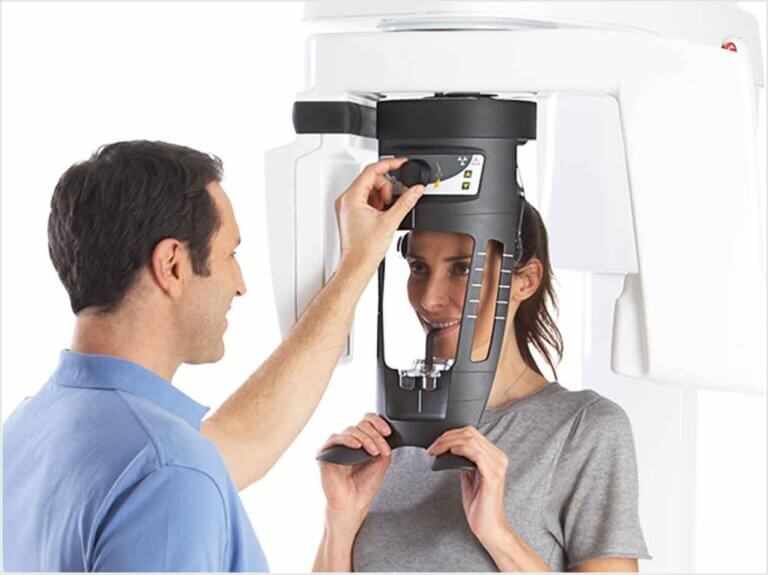
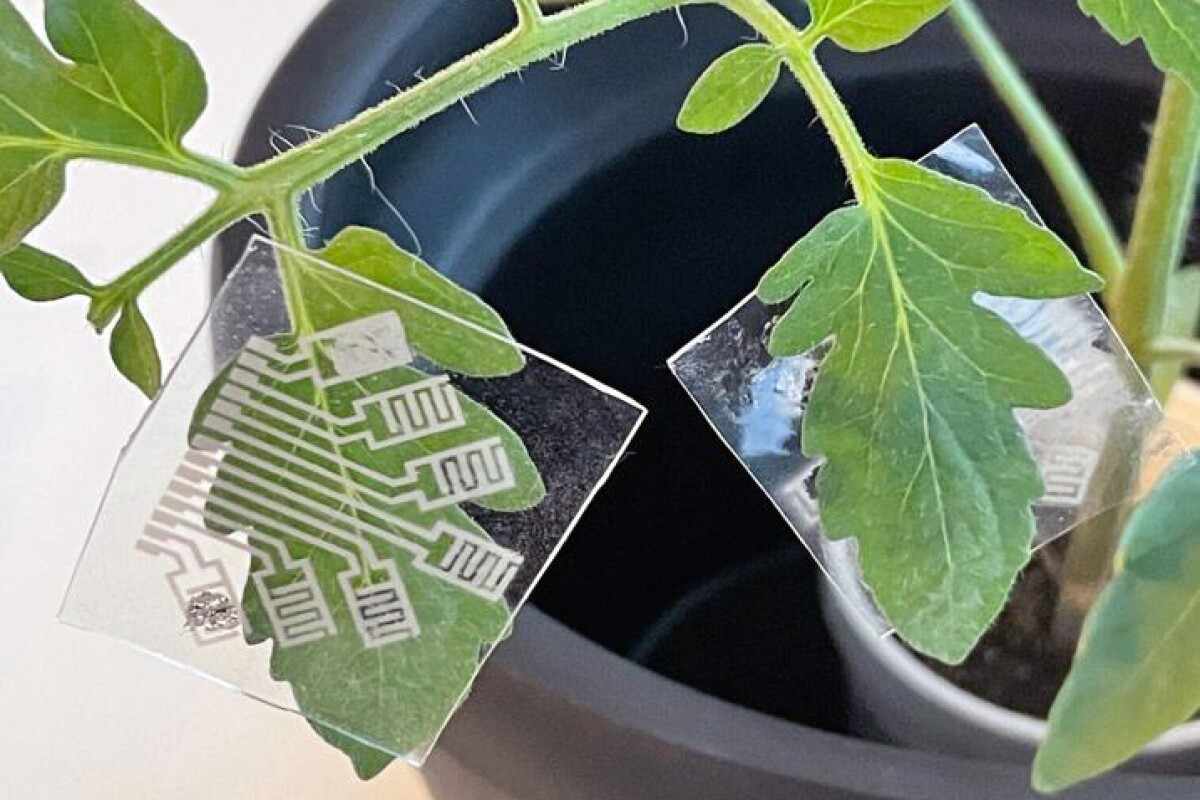

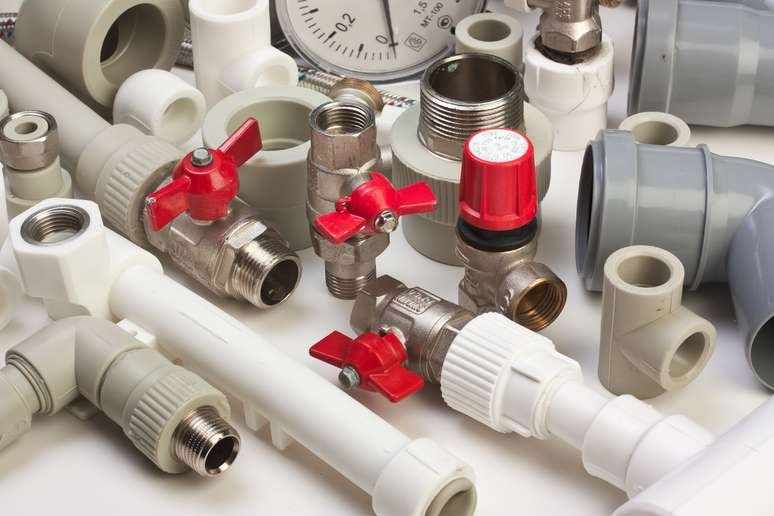


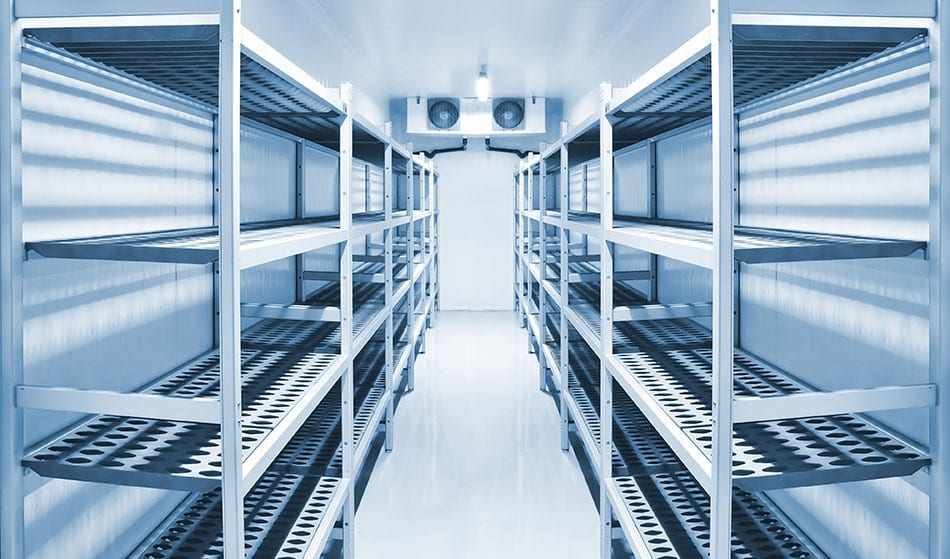



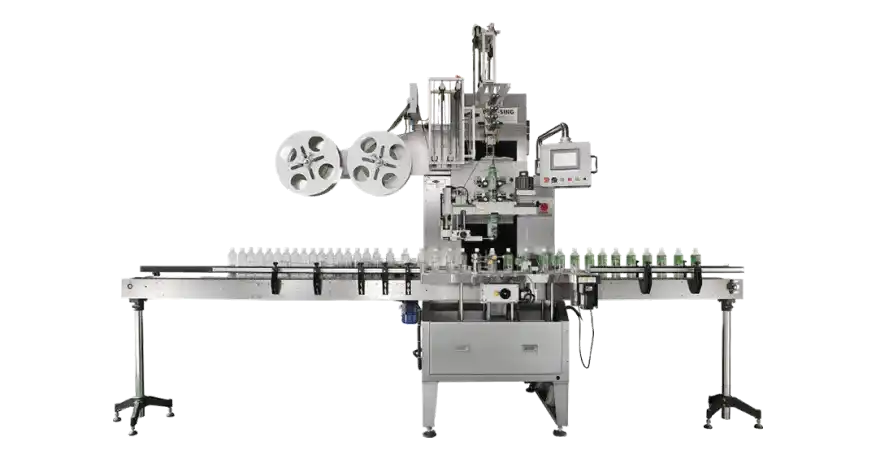

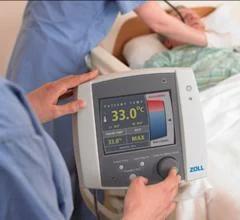


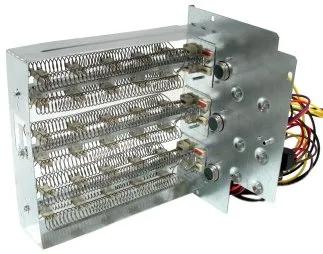
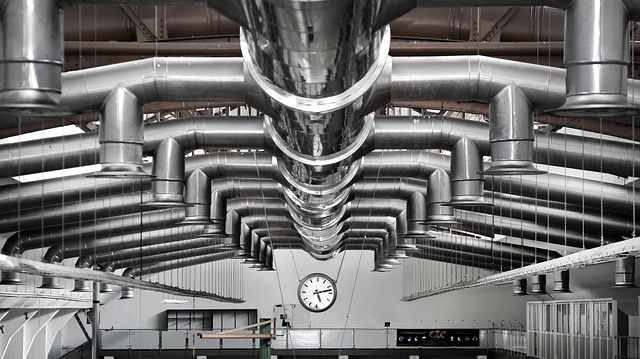

Write a comment ...